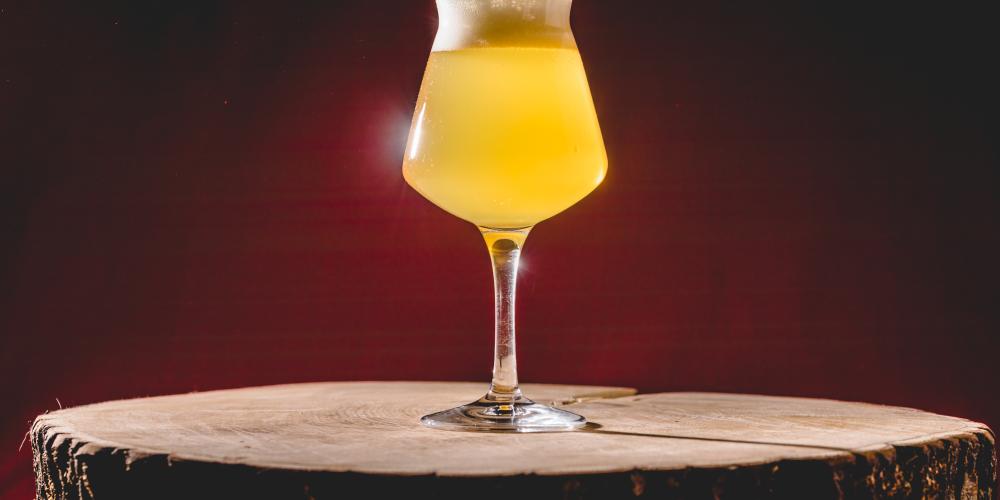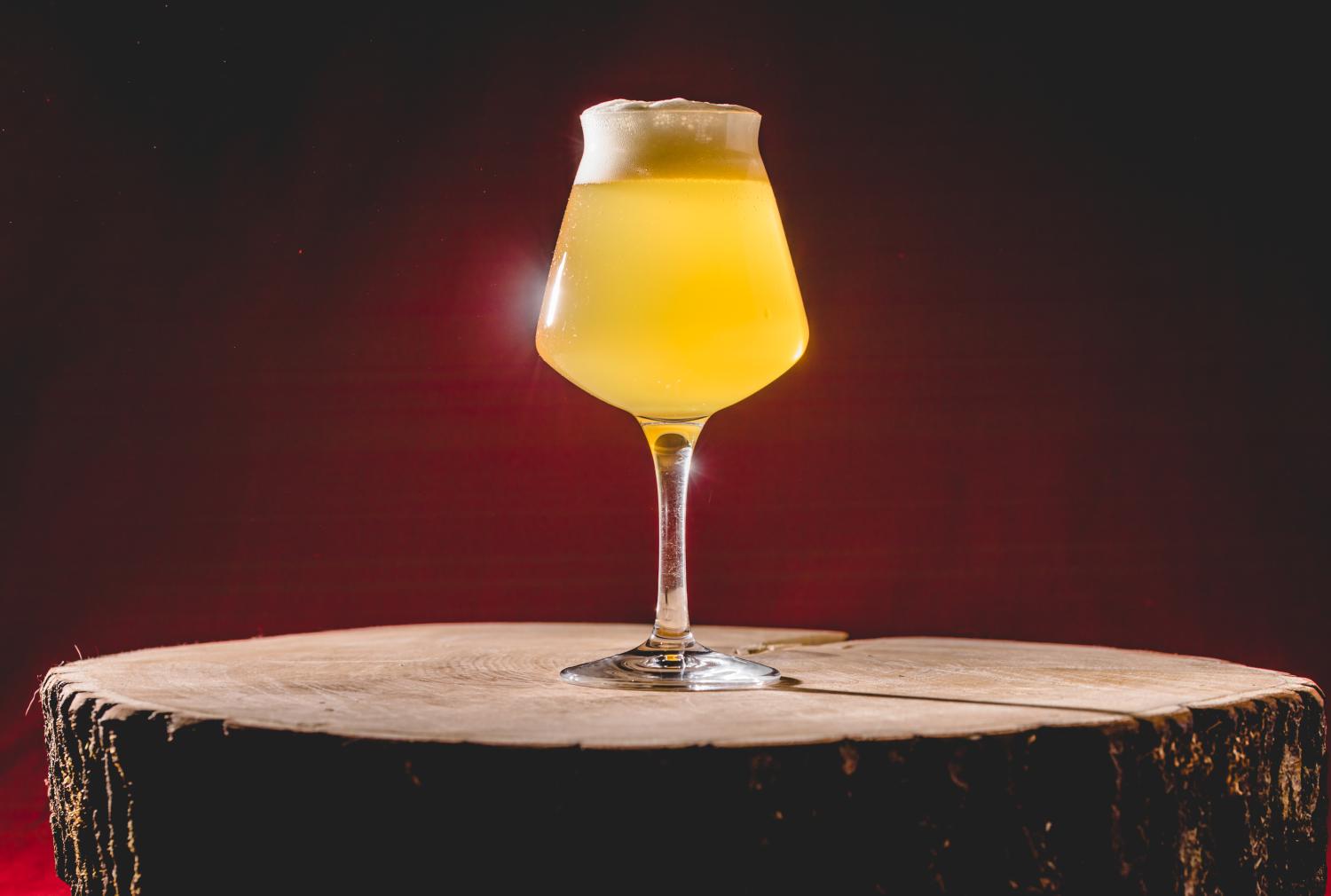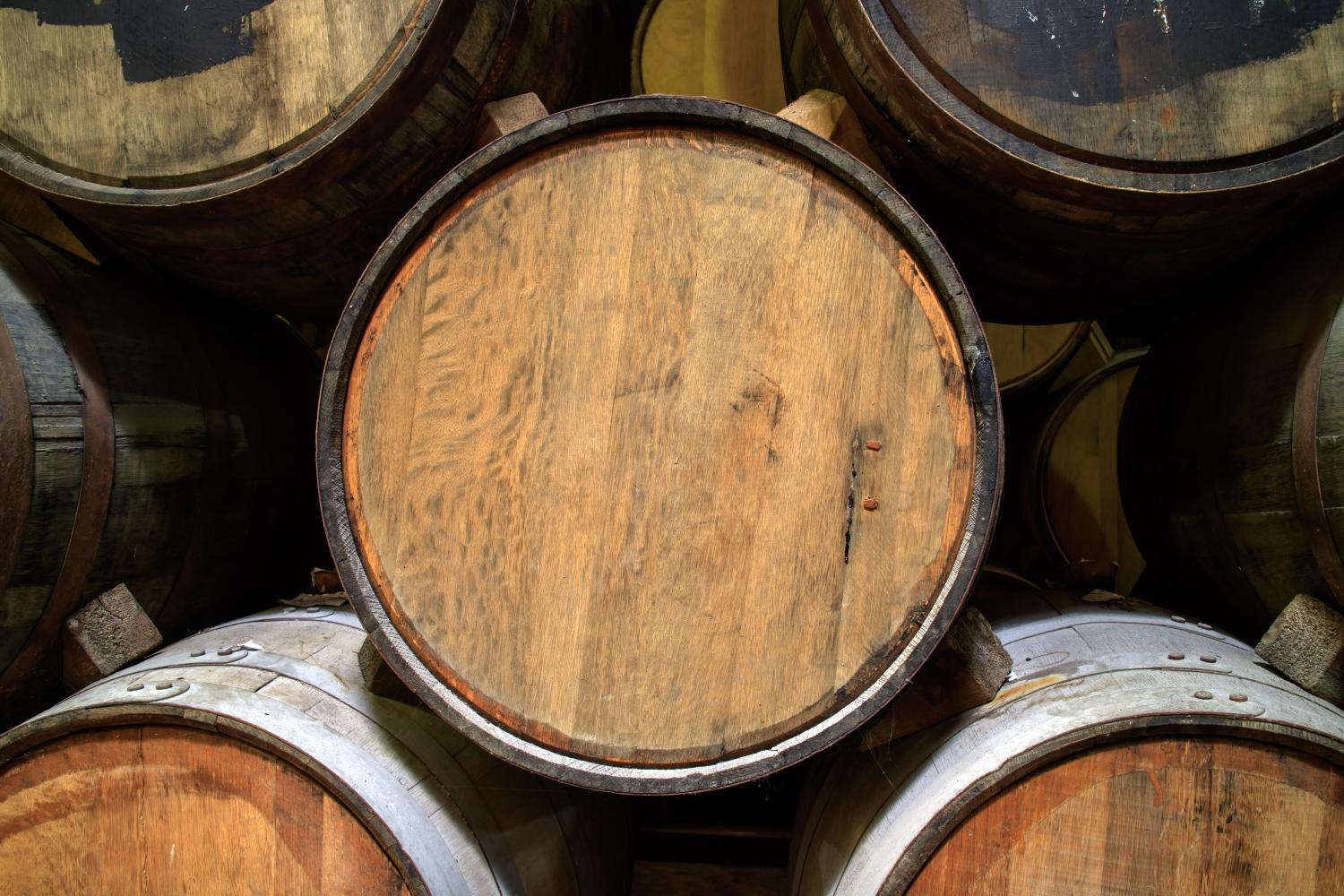

Worldwide, there are more than 5,000 fermented foods and drinks. Yet, we know surprisingly little about the hidden world of the microorganisms within those fermented products. Bioengineer Louise Vermote changed that. In her doctoral research, she used the latest DNA sequencing techniques to study how the invisible players in various traditional fermentations work and interact.
Fermentation is one of the oldest and most trusted processes for preserving and preparing food: beer, bread, yogurt, cheese, wine, or soy sauce – they are all products in which microorganisms, bacteria, and yeasts play a role. For our ancestors, fermentation was a mysterious yet self-evident phenomenon. “Today, we can see much more clearly which microorganisms are involved in that process and what possible functions they perform,” says Vermote. “This not only gives us insight into ancient traditions but also opens doors to new applications.”
Vermote discovered that microbial diversity is greater than previously thought. On wild tropical fruits and flowers from northern Argentina, she found entire communities of bacteria, a significant portion of which had never been described before. “That means there are still many species waiting to be discovered,” she explains.

Closer to home, her research also yielded surprises. In the centuries-old lambic breweries, the wooden barrels turned out to be more than just storage containers – they were an active source of microorganisms responsible for the beer’s unique character. “The barrels participate in the fermentation; they quite literally give life to the lambic,” says Vermote.
Her work also took her from Belgian brewing traditions to Korean rice vinegar. There, so-called nuruk starters – mixtures of molds, yeasts, and bacteria – play a key role. Vermote demonstrated that they contribute to the double transformation of rice: from starch to wine and then from wine to vinegar. The discoveries are not only fascinating for lovers of regional products; they also help us better understand and potentially improve fermentation processes worldwide.
The research shows how tradition and modern science complement each other. Thanks to the latest DNA sequencing techniques, ancient processes are being unraveled. “We are building on centuries-old knowledge, but now we finally have the chance to see what happens behind the scenes,” concludes Vermote.
With her work, Louise Vermote not only produced six scientific publications, four of which as first author, but also opened a new window onto a world that is both familiar and unseen – a world we taste every day, often without realizing it.
More info:
Louise Vermote: Louise.Vermote@vub.be